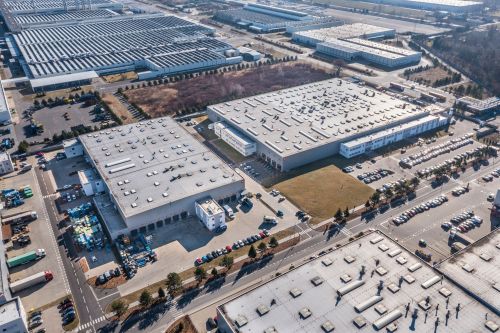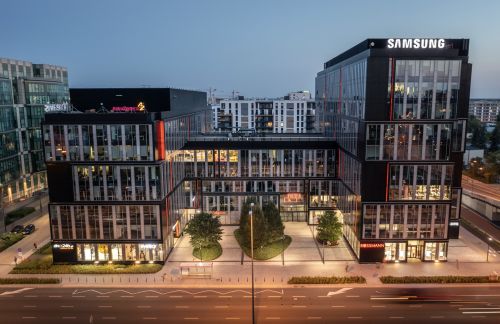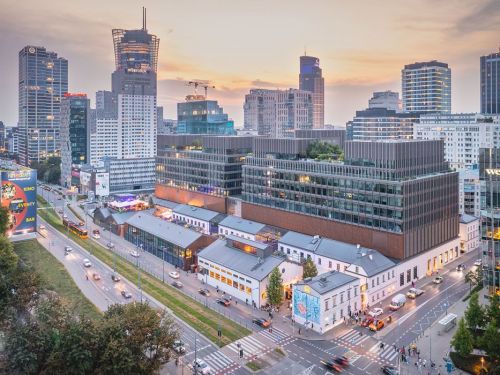Anna Pakulniewicz, ‘Eurobuild CEE’: Is having a core location still such an important issue from the investment perspective?
Agata Sekuła, head of CEE retail investment, JLL: Location continues to be one of the most important fundamentals of any commercial real estate. In the retail sector, the understanding of location in all its demographic aspects today and in the future determines the function and positioning of any asset – be it a shopping centre, a retail park, an outlet or a convenience centre. The key to success is to invest in retail products tailored to the needs, spending power and aspirations of its catchment. Given the rapid changes in the customers’ habits and expectations, the ability of owners and managers to foresee such changes and successfully adjust to them will be crucial. Retail is a sector that hates stagnation and standing still means taking big steps backwards.
Agata Sekuła, head of CEE retail investment, JLL
What can we no































































